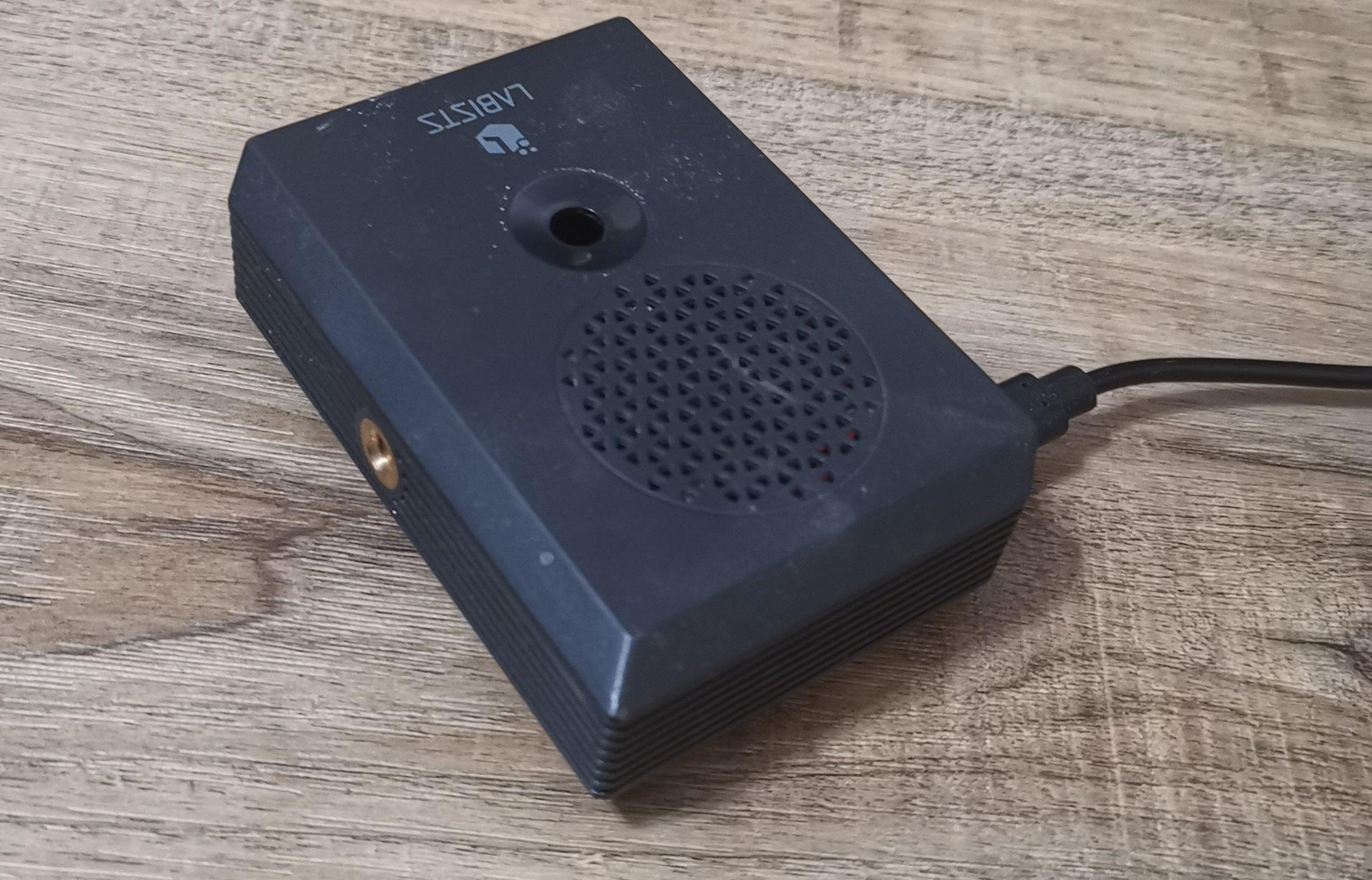Recently, I had been considering moving my local dns service from Pi-hole to AdGuard Home. This was primarily for the parental controls that it offers, but the second most compelling reason to consider switching was the ability to have a wildcard DNS record that pointed all subdomains to a single reverse proxy. In the end, I decided to use both because theres a lot to love about both. That being said, I have recently learned that the wildcard record can also be done on Pi-hole as well. Athough it’s not quite as simple as AdGuard Home, it is easy enough to do. After to you log in to your Pi-hole just follow these simple steps.
TriliumNext
While I only use TriliumNext for documenting the process of setting up my homelab services and maintaining a list of books that I would like to read, I can say that for these two things, I truly adore this program. I personally like that I can use Markdown formatting within my notes, since, I am a little familiar with it (this site has been created using markdown formatting with Hugo Static Site Generator). With a clear layout, my notes allow me to easily recreate a project if I need to. Now that you know my use case for TriliumNext, it’s on to the install process.
Installing Proxmox
Hardware Choice
I have purchased a used Lenovo M715q workstaion computer to use for running my homelab. I chose this computer since…
- it was cheap
- it is small
- it will use very little power
- it was right in front of me.
I am truly an opportunist and I wasn’t looking for anything in particular. For anyone who is new to homelabbing and just wants to start learning I would advise getting something cheap. Unless you already have a specific purpose in mind, that has very specific hardware requirements, use what is available. If you have a computer that was built in the last 15 years, chances are, it will be adequate for running proxmox or another hypervisor, use it. If you need to purchase something, new hardware will be faster, but more costly. For most self hosted software, harware requirements are minimal and can run on a potato. Used server hardware is a tempting option, since it can be similar in price to new hardware, but I would advise against it. The power draw of this equipment is immense, it is noisy (ask me how I know), and newer consumer hardware at similar prices will outperform the older equipment. The real advantage of older server equipment is failure redundancy. ECC ram, dual power supplies, SAS hard drives are all great features of server hardware. In my opinion, they are not worth the trade off in power usage and noise since modern consumer grade hardware is quite reliable. If you want performance, I recommend new consumer grade hardware. After saying all that, I opted for wallet freindly. You do you.
So now that I have a working webserver running on my Raspberry Pi, it’s time to secure it. This has to be done before I expose my new server to the internet. These are just a few simple things that can really make a big impact. I once again want to clarify that I am not an IT professional and that these are the only the steps that I am aware of. Proceed at your own risk.
 So I have a raspberry pi 4 kicking around. It used to be a retro gaming console, but due to an unfortunate accident with water, it’s USB ports are no longer functioning. It’s been sitting in a drawer in my house for several months now and I’ve decided to try using it as a web server. If you are reading this then, chances are, it was served to you from the webserver install described in this article. Pretty cool.
So I have a raspberry pi 4 kicking around. It used to be a retro gaming console, but due to an unfortunate accident with water, it’s USB ports are no longer functioning. It’s been sitting in a drawer in my house for several months now and I’ve decided to try using it as a web server. If you are reading this then, chances are, it was served to you from the webserver install described in this article. Pretty cool.